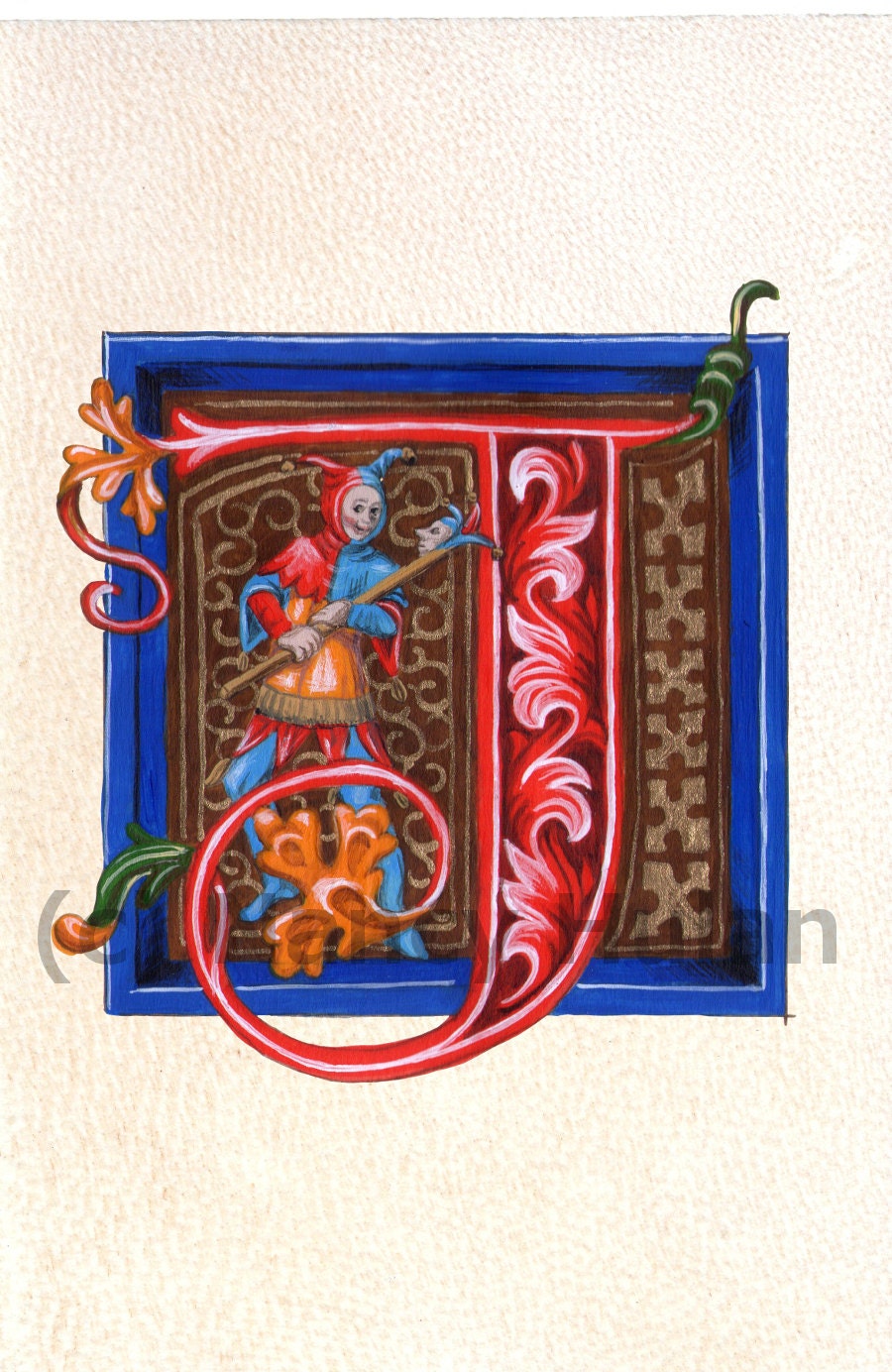

But the fact of their existence feels like a small victory for imagination and artistic identity in an age of inherited artistic formulae that heavily relied on scriptural dogma and complex religious symbols.įrom the midpoint of the first millennium, missionaries preaching Christianity throughout Europe would carry opulently illustrated Bibles in order to seduce pagans and nonbelievers. Little is known about what drove craftsmen to paint some of the weirder images in illuminated manuscripts. Bernard say if he had seen this?Īcademics have tried to prove that these images were in some way necessary to the text and its scholastic intention, but their arguments often seem tenuous. These bizarre scenes occur in both religious and secular manuscripts: A French translation of the Bible by Jean de Sy, begun in 1355 for King John II of France, features a graphic illustration of Abraham circumcising himself, and the early 14th-century Maastricht Hours features one monkey blowing a recorder up the ass of another monkey, who then blows a horn, à la The Human Centipede.

The bawdier images and hybrid monsters seen in these works have been adopted by today’s meme culture, and are fodder for online listicles that delight with their outlandish trees of penises, rabbits humping humans, and men defecating from tall heights while figures below catch the refuse in jugs. One stunning example found in the margins of an antiphoner (a music book used by a choir) made for the Spanish cardinal Pedro Gonzalález de Mendoza around 1490 features lifelike flies captured perfectly on the petals of a rose. Some manuscripts suggest a dawning perfection of skill to rival Renaissance masters. Among patterns of ivy, one might find centaurs, penitent monkeys whipping themselves, and other fantastical animals playing musical instruments-long before Marc Chagall ever put them in his paintings.
#SNALES IN MEDIEVAL MANUSCRIPTS FULL#
Originally written to preserve knowledge and the word of God, these illuminated manuscripts-“manuscript” comes from Latin, meaning “handwritten,” while “illuminated” traditionally refers to the addition of gold leaf to the pages-eventually became highly sought-after objets d’art created for wealthy patrons.Īlong with the familiar saints and gold leaf, their pages are crammed full of monstrous, humorous, and sometimes smutty flights of fancy.
#SNALES IN MEDIEVAL MANUSCRIPTS PROFESSIONAL#
Look at any of the lavish illuminated manuscripts and books made in medieval Europe from approximately 600 to 1500 A.D., transcribed and painted by monks and then, later, by professional craftsmen and craftswomen. But wouldn’t the monks themselves be distracted from prayer by all the gargoyles dotting the cloisters? These monks, however, were incorporating such “distractions” into their own godly work producing and decorating religious texts, a practice that fed back into the development of art as we know it. These embellishments were all well and good for the general congregation, who needed something superficial to drag them to church. Over there on a fish we see the head of a quadruped.” “Here on a quadruped we see the tail of a serpent. “What is the point of those unclean apes, fierce lions, monstrous centaurs, half-men, striped tigers, fighting soldiers and hunters blowing their horns?” he wrote. In his “ Apologia ad Guillelmum” of 1125, the Cistercian monk Saint Bernard of Clairvaux attacked what he saw as superfluous decoration in the day’s art and architecture.


 0 kommentar(er)
0 kommentar(er)
